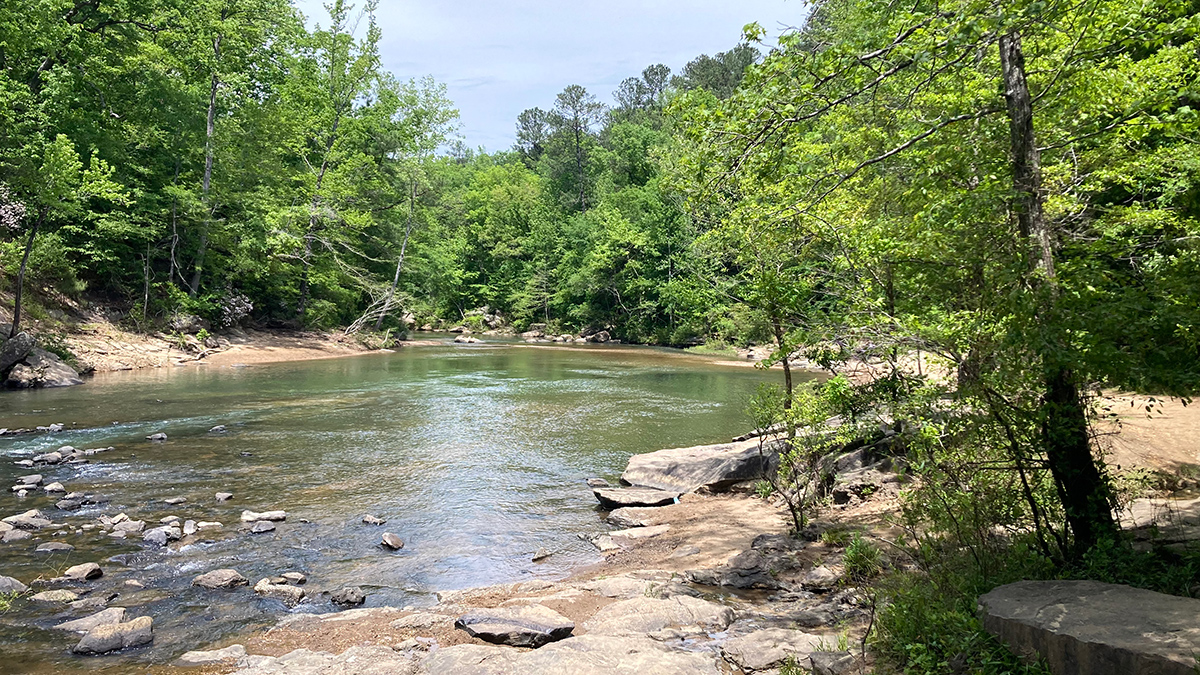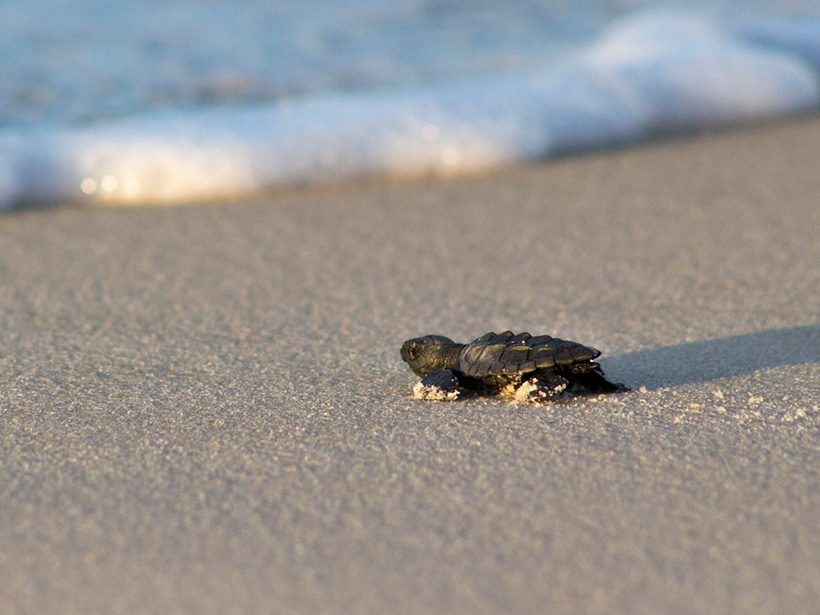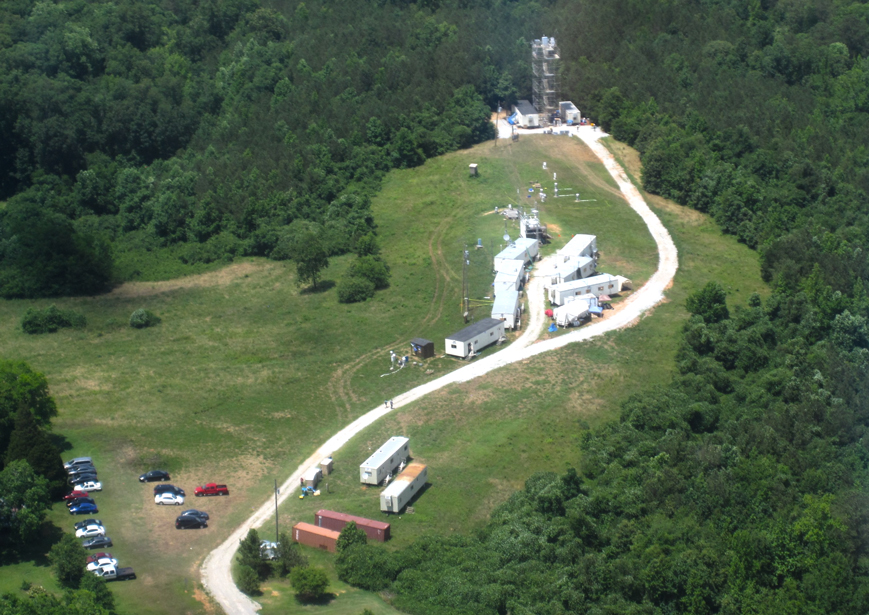Contrary to predictions, spring rains caused a decrease in nitrogen at watershed outflows in Alabama.
Alabama
Posted inNews
Mobile Bay Has More Branching Brooks Than Shown on Federal Maps
A more accurate charting of the full extent of stream networks will help land managers better protect U.S. creeks and rivers.
Posted inNews
Predicting Wave Wash Overs for Sea Turtle Nests
To better protect coastal species, researchers developed a model that predicts harmful wash overs with 83% accuracy.
Posted inResearch Spotlights
Reduced Emissions Lead to Clearer Skies over Alabama
Aerosol pollutants are on the decline—and so are their effects.




